Behind the Camera: Egyptian Photojournalist Asmaa Waguih Talks War Photography

Photojournalists are storytellers like no other. They are our eyes to the world, speaking truth about narratives overlooked and people often forgotten.
In Asmaa Waguih’s photographs, there are hearts that yearn for freedom and war-ridden lands that are still reeling from occupation. A dauntless photojournalist, she takes on Gaza, Syria, Afghanistan, Iraq, and Yemen on assignments.
For over two decades, Waguih’s photography has been a window to the raw humanity, the sorrow and futility of war in these and other places around the world.
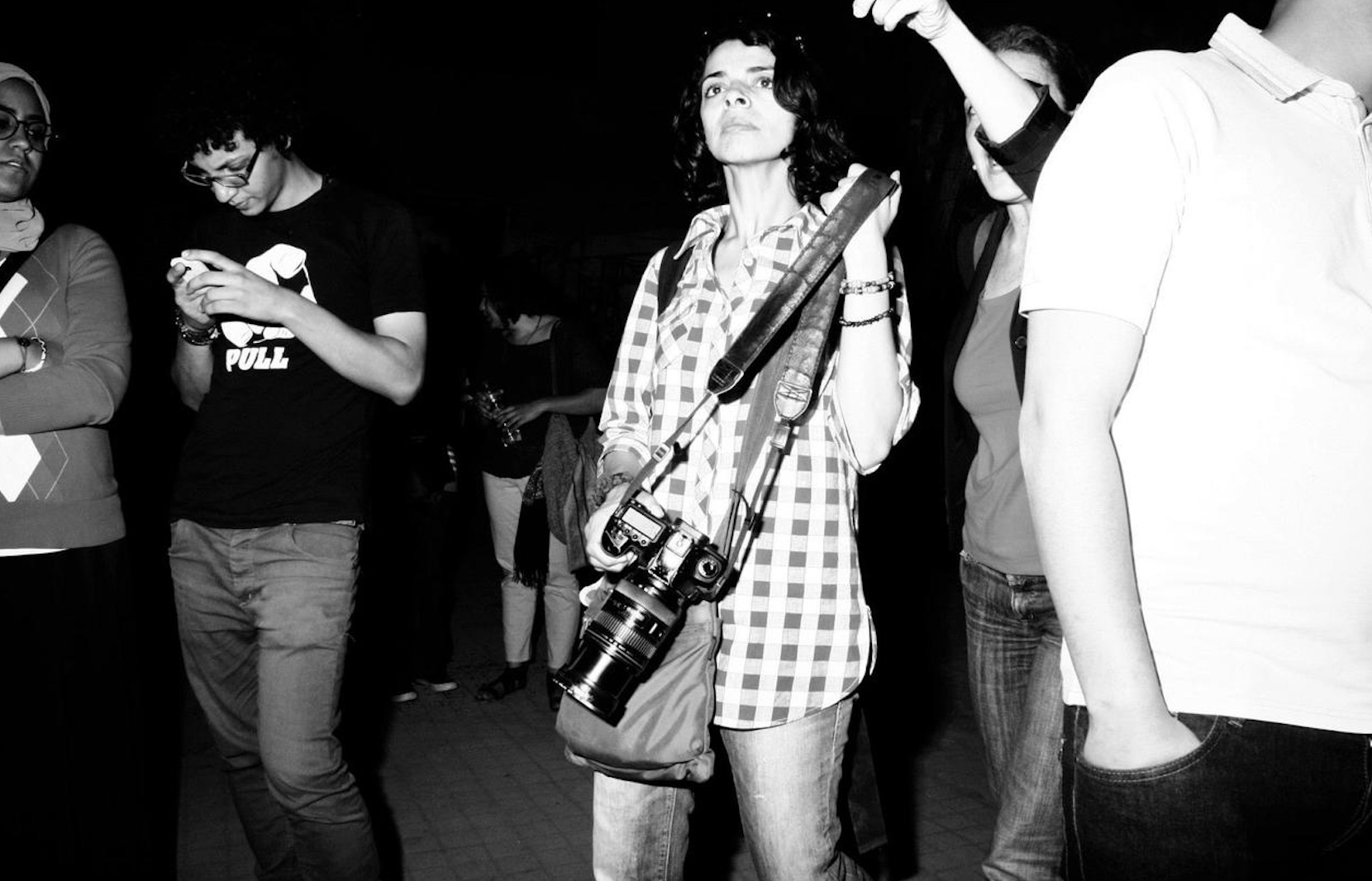
Egyptian Streets spoke to Waguih about her journey into photojournalism, the stories that influence her, and the world she dreams to capture through her photography.
Tell us more about your journey with photojournalism – how did you start? And what encouraged you to pursue it professionally?
I initially studied English Literature at Ain Shams University, but worked as a journalist long before I got into photojournalism. Throughout my career, I mainly worked as a freelancer, but had experiences working in local newspapers and magazines as well. I have always wanted to highlight stories that matter to people–to write about minorities, women rights, and issues that happened on Egyptian streets.
I was always interested in photography, but in Egypt, being a female photojournalist wasn’t talked about enough. We always hear about the musawar (photographer), which mainly refers to male photographers, but never about al muswaera (female photographer). And I wanted to become one.
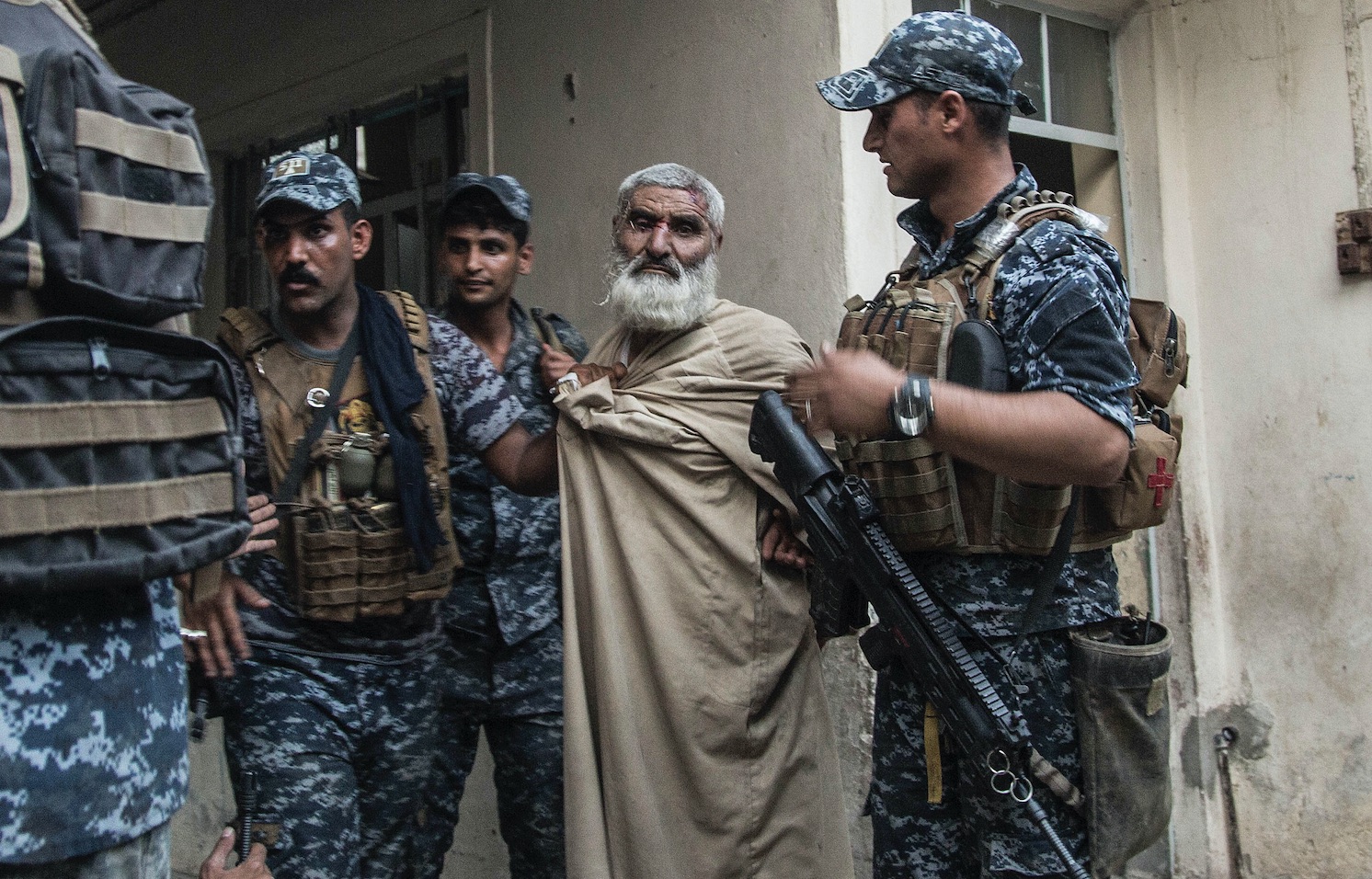
When I used to work as a journalist, I always carried a camera with me. Even before the introduction of digital cameras, I used to carry around my film camera on assignments. I would hear about a story, report it, take pictures, and then develop them.
My first introduction to digital cameras was at the beginning of the Iraq War in 2003. It was my first time using a digital camera, so everything was different for me. Iraq was a turning point in my life, because although I went there as a journalist to report about it, I was incredibly inspired by the women who were there as photojournalists.
In Egypt, photographers sometimes treat their jobs like they have fixed working hours, a shift they have to finish. They work from 9-5, or from 5-9, and as long as you take a picture of someone in a hospital or the bus accident, you did your job. There is little to no challenge.
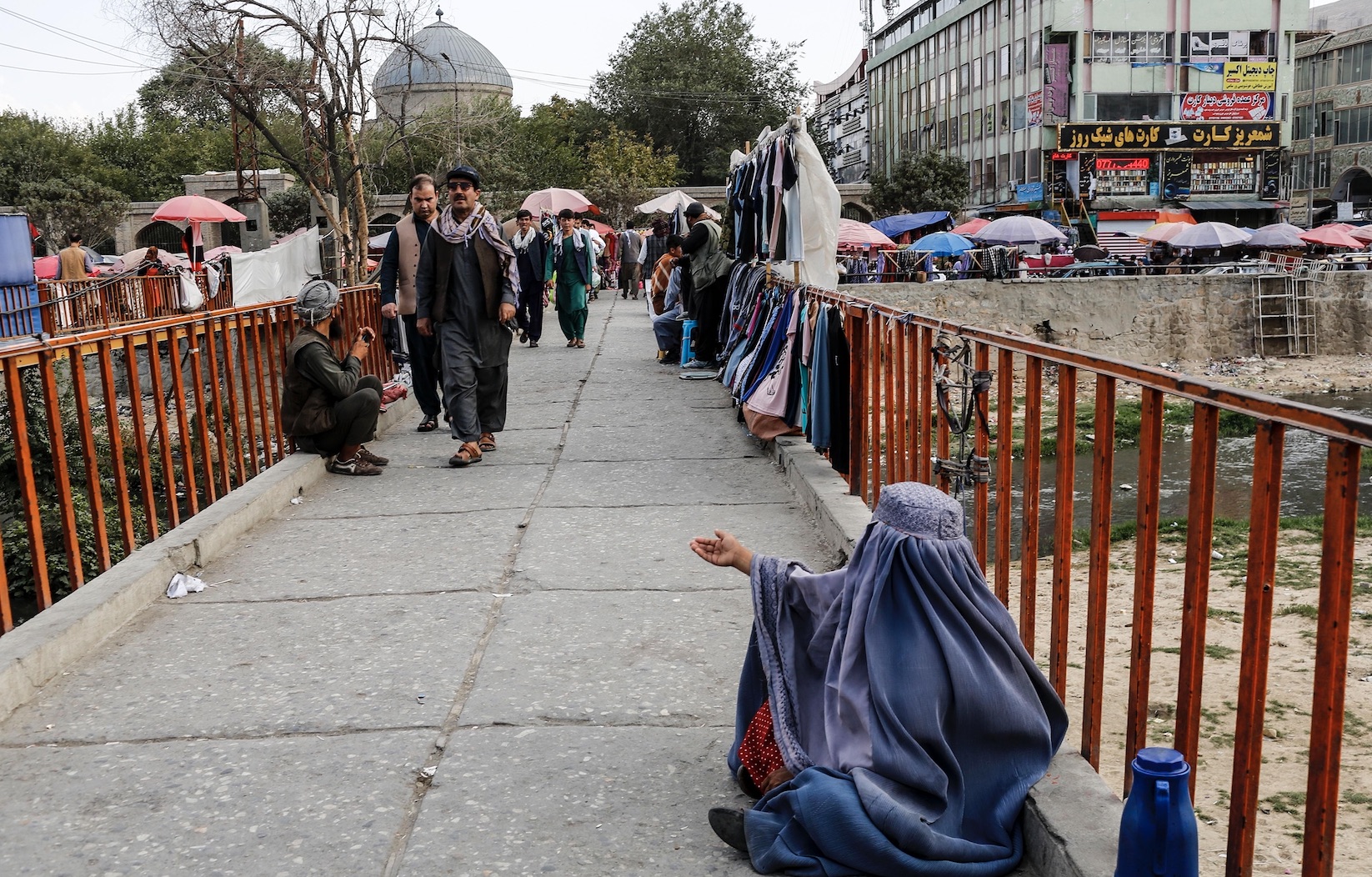
I wanted to do more with photography.
What stories are you drawn more to?
The difficult and challenging stories are the ones that grab my attention more. In 1997, I went to Libya because I wanted to know more about former president Muammar Gaddafi. A lot of people told me that I wouldn’t find anything worth covering. I was particularly young at the time, but I decided to go, even if I didn’t come back with pictures or a story. In 2007, I started going to Gaza, and most of the time, I wasn’t limited to an assignment, I gave myself an assignment.

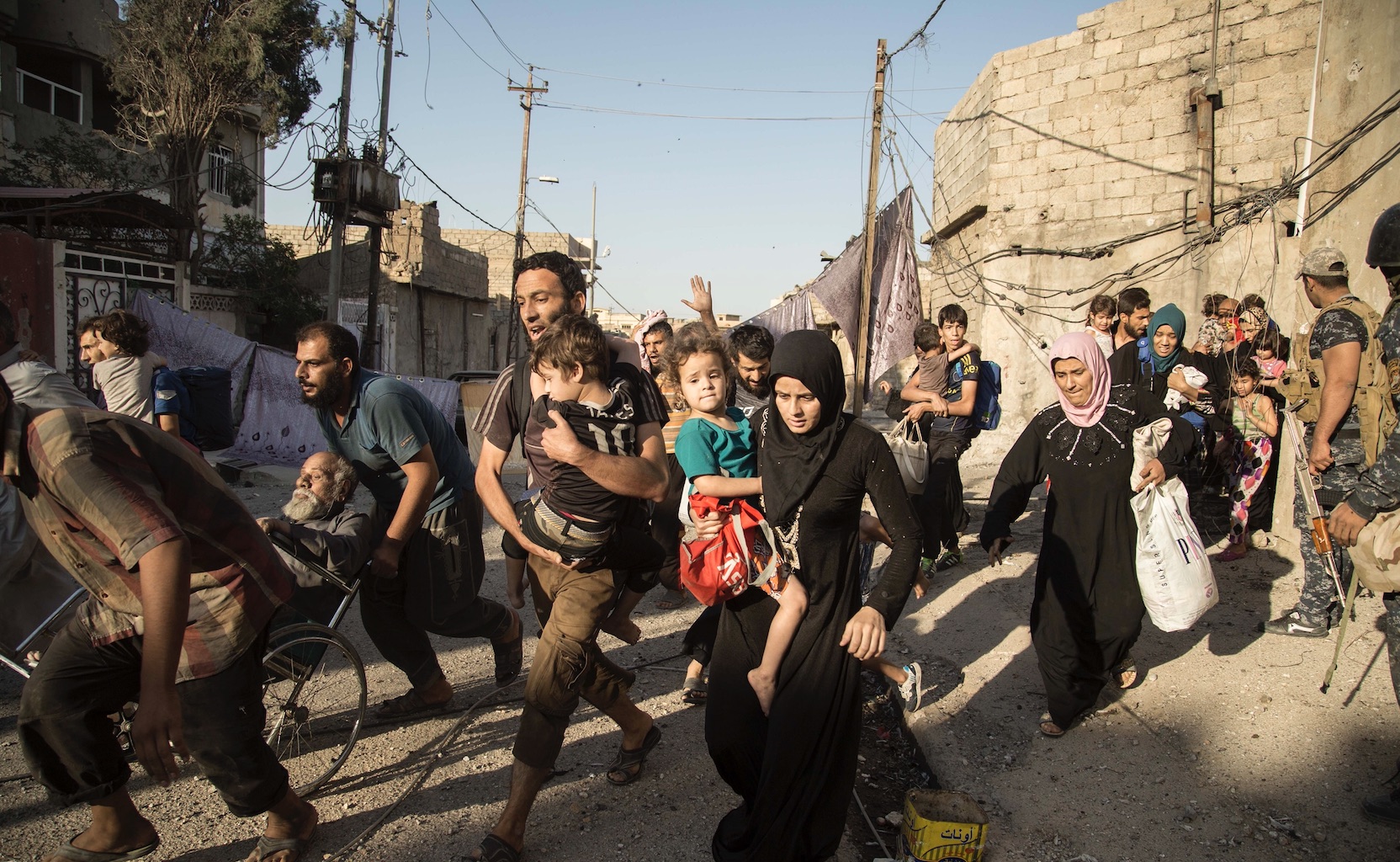
The story doesn’t need to cover a war zone. I had enough curiosity and fervor to inspire myself to go after different stories. I used to work at Reuters for a while, and someone working there told me I had ‘wanderlust’ which really pushed me to expand my horizons in my work.
When my workmates didn’t want to go on assignment, I was the one sent. I lived in Iraq for three years, so I was always on alert. I was in Libya until they captured Gaddafi, and my work in Libya sent me to Syria, and my career took off from there.
There are hundreds of hungry photojournalists around. How do you manage to bring something different?
I am a curious person by nature, so I dig deep. I try my best to talk to the people around me, because their stories can tell me more than what my eyes can see. There will always be a story, and each day opens a new door to discover something new. Although capturing something new can be challenging when you work alone or as a freelancer, there is something special about solitude and uncovering stories on your own.
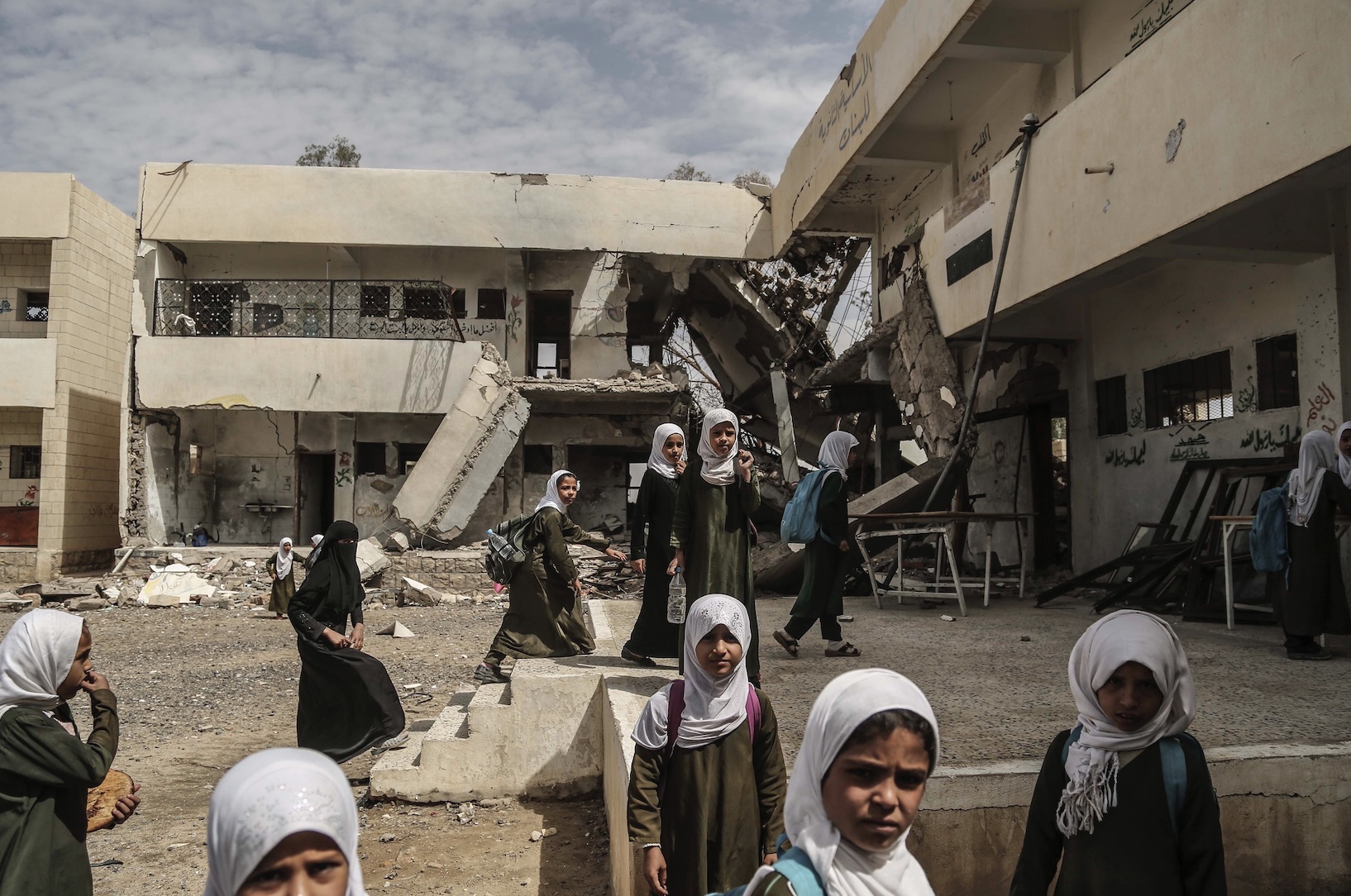
When I got injured, I realized that covering war doesn’t necessarily mean capturing someone carrying a weapon. People are bored of the same old pictures of soldiers and trenches. Oftentimes, there is power in the simplicity of a photograph. New eyes see new things, so I always need to be curious and open to new challenges.
Does covering war, impoverished places, and destruction ever affect you negatively? How do you stay calm and focused when covering a story that might be emotionally charged?
I got injured from a bullet when I worked with Reuters. The next time I heard explosives, I was very anxious and stressed because it was like I went back to the point of trauma, but I never stopped. In 2017, I went to Iraq during clashes with ISIS.
It takes time, and every person is different. Not many people can endure this type of job. It doesn’t mean that they are ‘bad’ journalists, it just means they are cut out for something different.

As a photojournalist, I’m always hungry because I love what I do. It is in my nature to never stop, this is why I don’t take many breaks, because there will always be a story. I was never going to become a photojournalist from just watching news, so I went after what I wanted, to Gaza in 2007, Afghanistan, and even Ukraine recently.
If you were to advise inspiring photojournalists, what would you tell them?
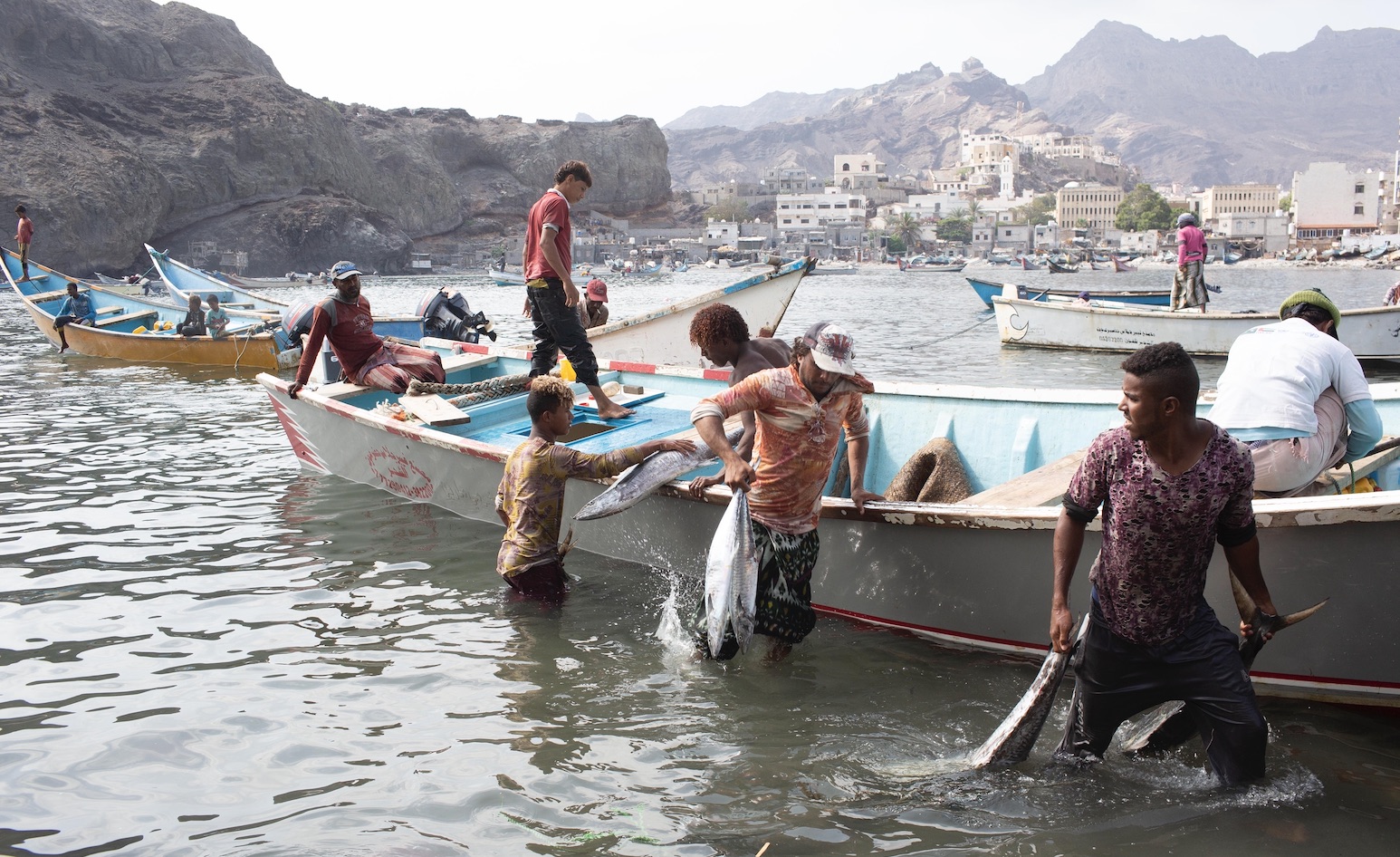
Whether you’re a man or a woman, there are two things you need to be: courageous and curious. A good photojournalist is a strategic photojournalist, one who knows where to get the good pictures and angles, so it is important to study and know your exits and entrances well, and always be ready to point and shoot. And most importantly, always have the fervor to know more.
Subscribe to the Egyptian Streets’ weekly newsletter! Catch up on the latest news, arts & culture headlines, exclusive features and more stories that matter, delivered straight to your inbox by clicking here.
Subscribe to our newsletter
